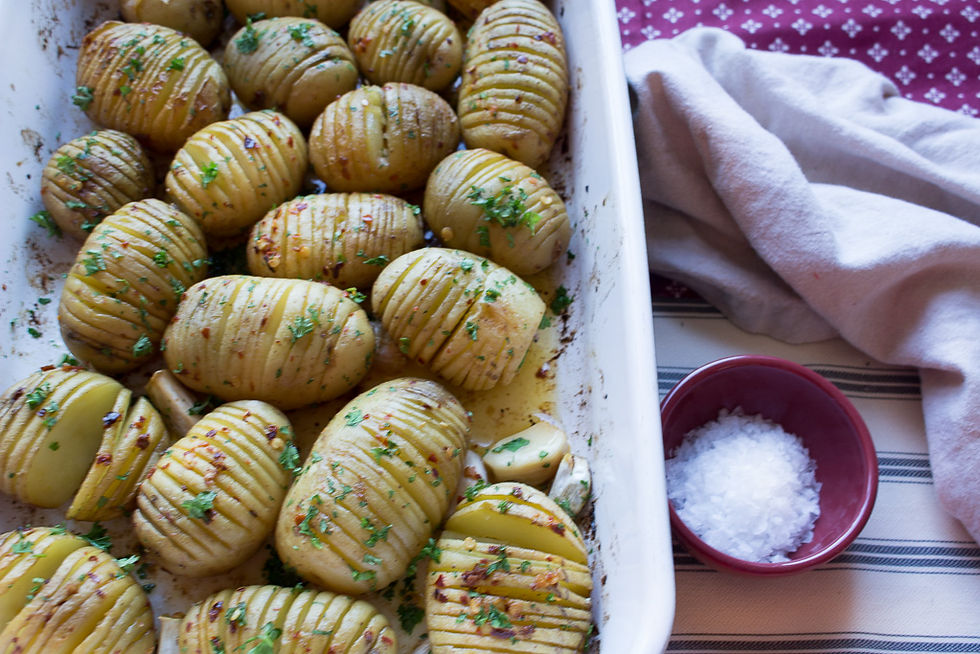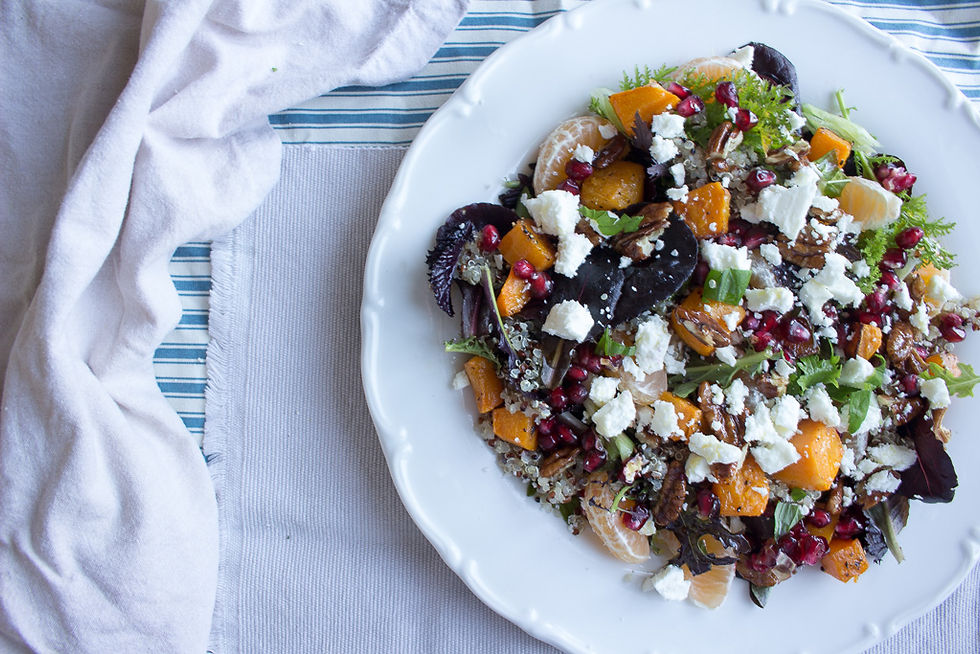Juices v Smoothies
- The Honest Project
- Mar 11, 2015
- 6 min read

I get asked all the time which are better - juices or smoothies? My very unhelpful answer is that I drink both and love both equally. So I thought it would be useful to write a post about the difference between juices and smoothies and look at some of the factors to be taken into consideration when deciding whether to start making your own juices or smoothies. Hopefully this post will help you to figure out what is the best option for you.
The very first thing to say is that drinking either a vegetable smoothie or vegetable juice is great for you and after a little time you will hopefully start to feel the benefits!!
A quick word then about the difference between a juice and a smoothie:
In a nutshell - you juice a juice with a juicer while you blend a smoothie with a blender!! So for instance the world is gone crazy for Nutribullets and for all of you Nutribullet fans out there, it is smoothies you are making in them, not juices.
With juicing, the juicer extracts the liquid from the fruit and vegetables and leaves behind pulp which contains the plant fibre. This pulp is discarded while the liquid is drank as juice. The juice contains the nutrients and enzymes from the plants.
In the case of a smoothie, the blender blends the whole of the fruit and vegetables into a thick liquid leaving behind no pulp. You drink the entire blend – both nutrients and fibre.
So the obvious question is whether to juice or blend? I think you can break down your consideration into three main issues:
1. Nutritional benefit of juices v smoothies.
2. Budget considerations - cost of juicers v blenders.
3. Convenience of juicing v blending.

Nutritional benefit of juices v smoothies
Both smoothies and juices contain lots of nutrients and enzymes that are beneficial to your health and taking either on a regular basis is a really good thing to do. How healthy they are depends totally on what ingredients you decide to juice and blend. Juicing or blending lots of leafy greens and vegetables will be much better on the health scale than juicing or blending fruits that are high in sugar.
In the case of juicing, juice is easily digested by the body and so the body gets a very quick hit of the nutrients contained in the juice. Likewise, if your juice contains fruits that are high in sugar, your body will also get a very quick hit of this sugar. For this reason it is best to avoid juicing fruits that are high in sugar. Sometimes, I don’t juice any fruit at all and when I do, I limit it to lemons, limes and maybe a little green apple. With a juice, you can substantially increase your intake of fresh vegetables. For instance, one juice may contain an entire bag of kale, half a cucumber, 3 stalks of celery and a knob of ginger. It would be hard to eat this amount of vegetables in one go or even drink this amount in a smoothie. The juicing process makes the nutrients more readily available to the body because the juice is extracted from the plant during the juicing process meaning your body doesn’t have to work hard to break down the food before absorbing the nutrients. Many proponents of juicing claim that juices are particularly good for people who have problems with their digestive systems.
In the case of smoothies, as the entire fruit and vegetable is blended, including the fibre, they are more slowly digested and so any sugar is more slowly absorbed. Therefore if I want a fruit hit, I will get it through my smoothies as opposed to my juices. Of course, you can always eat the fruit whole. With a smoothie, as the fibre is consumed along with the rest of the plant, your body still has to do some work to fully breakdown and digest the smoothie. Therefore you are not getting the same direct hit of nutrients and enzymes. Also as you are drinking the entire plant, you use less vegetables to make the smoothie and so don’t get as much nutrients as the same amount of juice would give to you. On the other hand, smoothies are a little more versatile in terms of the ingredients you can add to them. I often add healthy fats to my smoothies, such as avocado, banana and coconut oil, whereas you could not add these to a juice.
Summary: I think you get a greater hit of nutrients and enzymes from a juice than from a smoothie and these nutrients and enzymes are in a more easily absorbable form. However, if juicing, its important to ensure you get healthy fats and fibre from your other meals.

Budget considerations - Juicer v Blender
The first thing to say is that you don’t have to buy the most high-tech and expensive models of juicer and blender that are on the market. A green smoothie or juice made with a basic blender or juicer is good and much better than none at all. There are a range of juicers and blenders on the market that cater for most budgets. The main thing is to consider which appliance you will actually use as this is the appliance that you will get the best value from.
Just a quick note on juicers. You will see that I wrote in a previous post about the two categories of juicers that are on the market – masticating juicers and centrifugal juicers. I would always recommend a masticating juicer over a centrifugal juicer as they juice leafy greens and wheatgrass much better and more nutrients and enzymes are retained in the juice. Therefore for this post, I am looking at the different brands of masticating juicers available and ignoring centrifugal juicers.
I looked at some well know Irish retailers’ websites and priced different blenders and masticating juicers that are available to buy in Ireland. I have set out below four different options for both blenders and juicers ranging in price. As you can see there is quite a price difference between the different models on the market. If you are starting out, it may be better to start with a low price model to see how you get on and you can always invest in a fancier model if you get really into it.

Summary: A good personal blender is more affordable than a good masticating juicer, but both are available in a range of prices to hopefully suit most budgets.
Convenience - Juices v Smoothies
Convenience is a big factor in considering whether to start juicing or blending. Between work and other commitments, most people don’t have lots of spare time each day to devote to juicing and blending and so want to start with something as handy as possible. While I love juicing and, if truth be known, am a little obsessed with it, smoothie making is definitely more convenient than juicing. With smoothies, you just throw everything in to the blending cup and blend away. It probably takes about 40-60 seconds to blend the ingredients depending on the power of the blender. If you are using a personal blender like the Nutribullet or the Tribest personal blender, that has ‘blend and serve’ cups than even better. Washing up is minimal as the container you use to blend is also your cup. You just remove the blending lid and replace it with an airtight lid and away you go.
Juicing takes a little bit more time and effort. Juicing a 500ml juice takes about five minutes to feed the vegetables through the juicer. Cleaning the juicer also needs to be factored in. While it doesn’t take a long time, it is still more time consuming than cleaning a blender. I usually clean my juicer once a day, at night time. Taking it apart at night, loading the parts in the dishwasher and then hand washing the three pieces that aren’t dishwasher suitable takes about five minutes. Reassembling the juicer in the morning, takes about a minute.
Summary: A smoothie is quicker to make than a juice and a blender is easier to clean than a juicer.



So to sum all of this information up.... the main thing is to go for whichever option you are most likely to stick with. While juicing is great, for a lot people, it may be best to start with a blender and incorporate a green smoothie into your daily routine. A Nutribullet at €120 is a really good investment. They are really easy to use and to clean and can be used to make other healthy things such as hummus, guacamole and energy balls. Once you get going on the green smoothies, you can then consider investing in a juicer.
Of course, if you are set on juicing or want to incorporate wheatgrass into your diet and are willing to put in the little more time and effort needed to juice that is just fantastic and I would encourage you all the way.
For those interested in my juice/smoothie routine, I usually have a smoothie first thing in the morning and then a juice or two during the day plus about 2-3 wheatgrass shots. I have a Greenstar twin geared masticating juicer and a Vitamix blender. I also have a Tribest personal blender for use when I am away from home. I have been juicing and blending for about two years now and am fully committed. However, before I bought my Vitamix, I used a Kenwood blender for my smoothies and it worked great.
So happy juicing or blending (or hopefully both)!! x






Comments